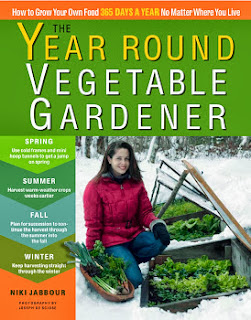There is a correct time and way to prune hedges in the fall.
So many people are motivated when the leaves fall in September or October and start to do their fall yard work. They prune the hedges at that time because they are out there and the weather actually is pretty comfortable. The problem with that is the hedge had enough time to push new growth still and this growth will be very vulnerable to the first freeze and you will get a nasty burn on your plant that will look terrible in the spring.
The way to prevent burned shrubs is to prune them as late as you can in the fall. This usually means November when the temperatures are in the forties. Not as comfortable to work in but the chances of new growth are very limited.
You don't want to prune when the plant is frozen or when it is freezing. This can damage the cambium as you cut shattering the cell structure.
Ideally you want to prune when it is cold but not freezing and the weather forecast does not look like there will be any more warm-ups before winter sets in.







